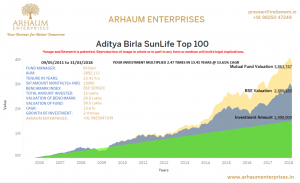Large-cap mutual funds had a solid year, according to data from BofA Merrill Lynch Global Research.
The funds posted their highest hit rate in eight years, with 48% of active funds outperforming during 2017. The last time 48% of funds reached that hit rate was in 2008 and 2009.
A fund’s hit rate refers to the number of times it’s right vs. the times it is wrong. A positive hit rate means the fund is right more often than not. The higher the positive rate, the better the fund outperformed in the time frame.
“Managers’ performance was likely helped by both positioning and a favorable backdrop for stock-picking,” BofA said in the Jan. 4 note. “During the year, managers set multiple record overweights in tech and increased their exposure to high-growth and bigger cap stocks, all of which outperformed in 2017.”
“The pair-wise correlations of the S&P 500 stocks dropped to a 23-year low of 9% by the end of 2017 vs. the long-term average of 26%, where lower pair-wise correlations create a more favorable environment for stock pickers,” analysts added.
Value funds posted record outperformance, with the annual hit rate at 73% for the group. At the highest in BofA’s data history across style segments, value funds easily topped growth funds’ 43% and core funds’ 37% hit rates.
Slightly less than half of fund managers, or 44%, beat their benchmarks in December, and the average fund underperformed by 6 basis points. Though 2017 was strong for large-cap mutual funds, small- and mid-cap funds struggled. According to BofA, 40% of small- and 33% of mid-cap managers beat their benchmarks for the year.
But BofA maintained that active managers will continue to do well through 2018.
“Funds appear well-positioned for a late-stage bull market rally,” BofA stated. “Managers have maintained a bias toward high growth, high beta and large size stocks — attributes that typically outperform in late-stage bull markets — and are underweight value, dividend yield and small size, factors that typically underperform late cycle.”



